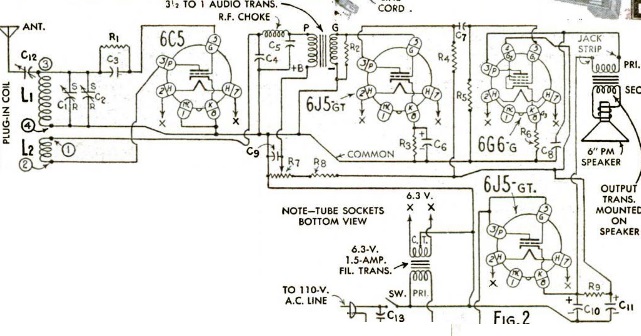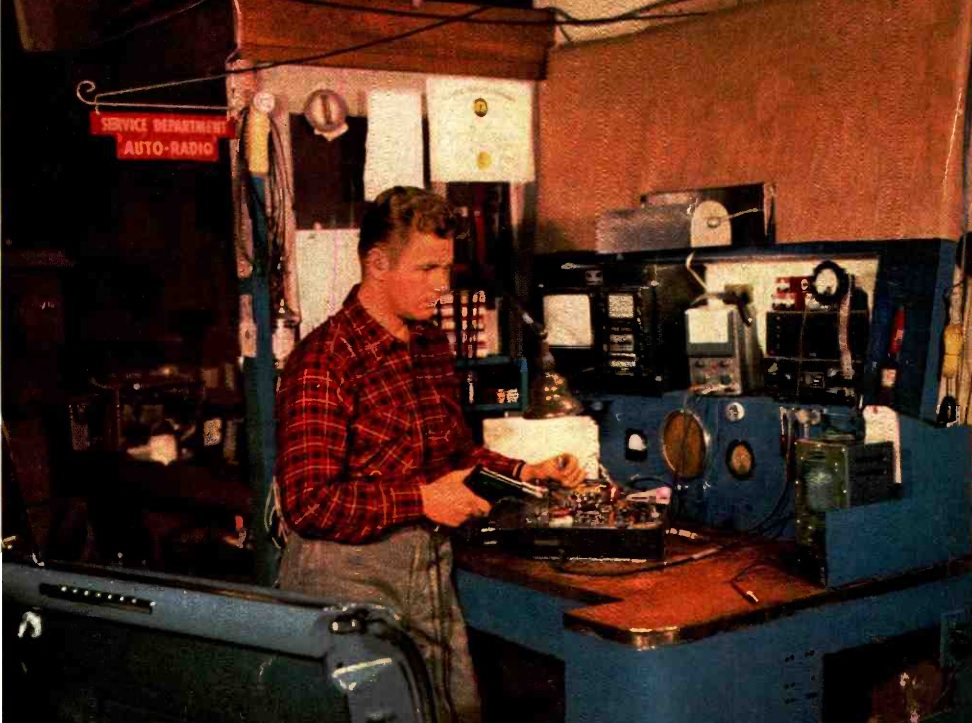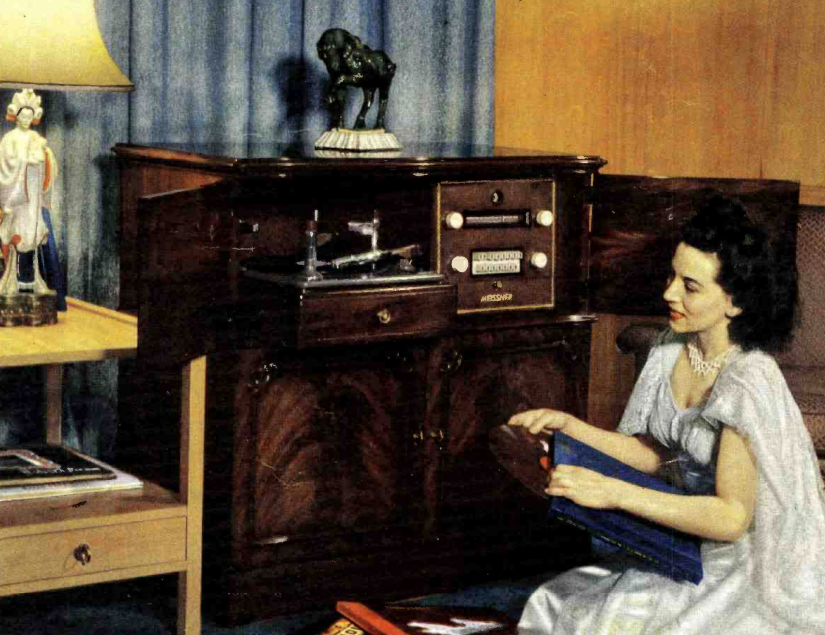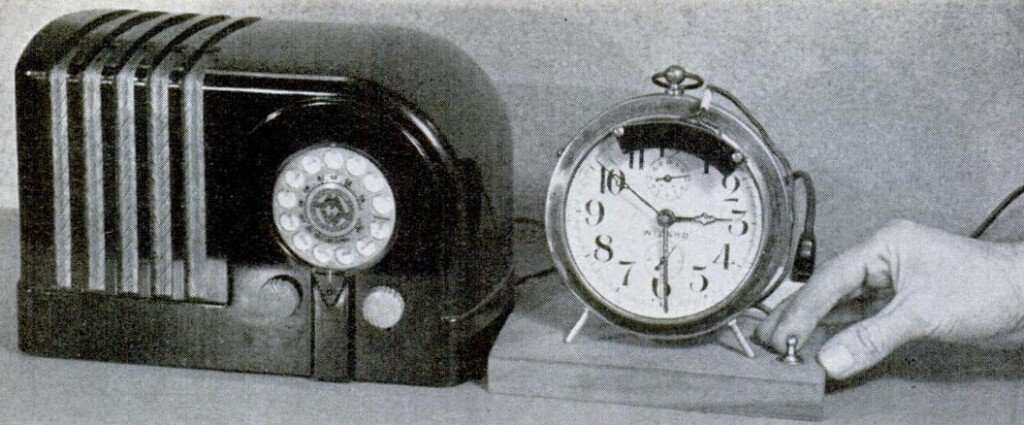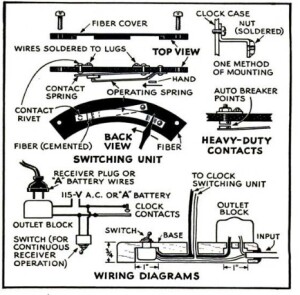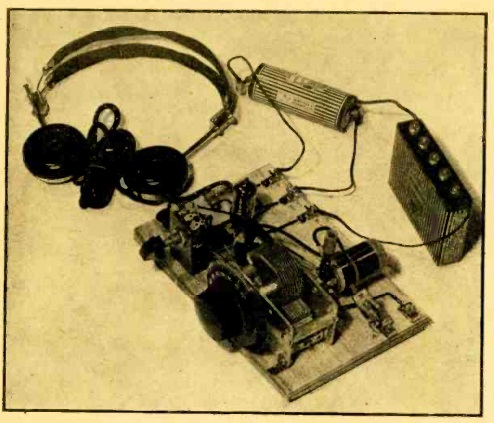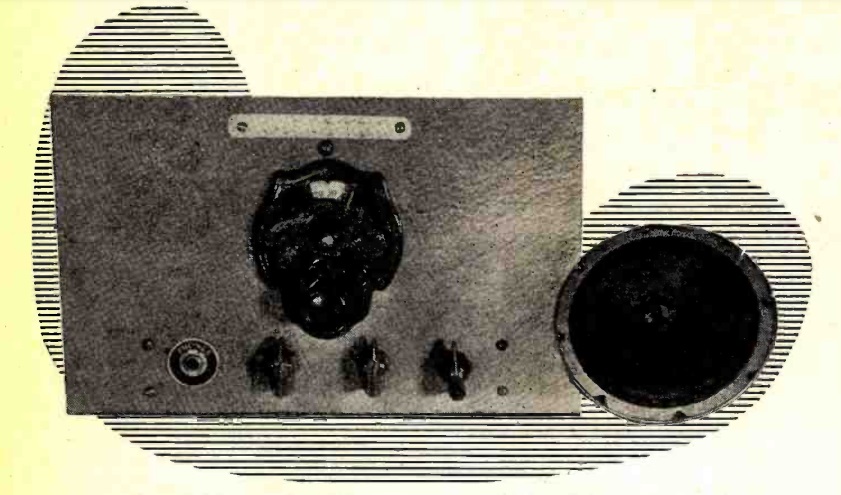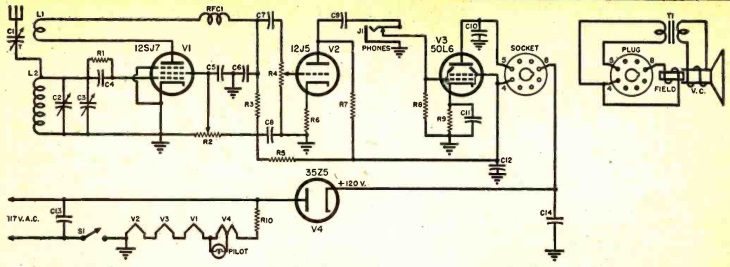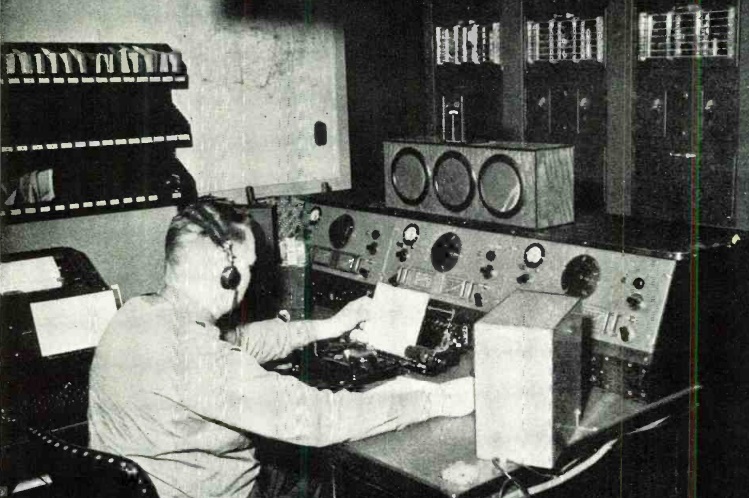 There was a time when cops knew Morse Code, and one of those times was 1942, as described in the May 1942 issue of Radio News.
There was a time when cops knew Morse Code, and one of those times was 1942, as described in the May 1942 issue of Radio News.
Shown above is the operator of the Indiana State Police radio station, which included three National HRO receivers and separate speakers.
Spanning 40 states, a network of about 100 such stations allowed rapid dissemination of police data from one part of the country to the other. Stations were classified as either zone or interzone. Zone stations generally operated within the same state, with interzone stations communicating nationally. Nine frequencies were available in the 7000, 5100, and 2800 kHz bands. Operating procedures followed those of the Navy, with Z signals used.
Coast-to-coast messages might be relayed up to six times. For example, the article cited a case in which a suspect was wanted for forgery in Tacoma, Washington, and believed to be en route to his home in Niles, Michigan. In that case, the Tacoma department used its interzone station to send the message to Denver, where it was relayed to Kansas City, and then to Springfield, Illinois, and then to Lansing, Michigan. The message was then sent by radiotelephone to Niles. Out-of-state vehicle registrations could be checked, as could emergency notifications.
With the country at war, the police network was also pressed into use for national defense. the Army Quartermaster Corps, fo example, had the duty of providing meals for troops being transported, and arrangements could be made thanks to the police network.
In case of enemy attack with communications disrupted, the police network with its experienced operators could handle communications to practically any place in the United States.
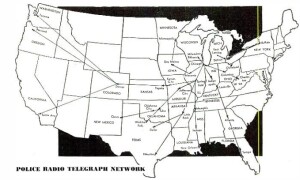
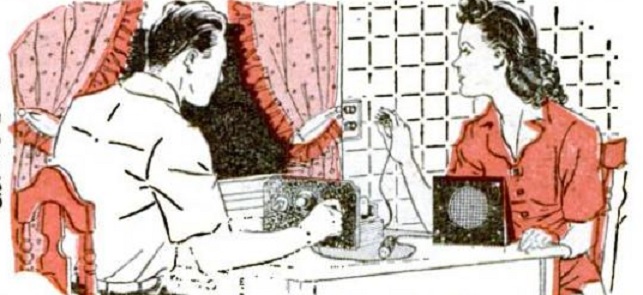 Seventy-five years ago, this couple are pulling in a program on the shortwaves thanks to the 4-tube set described in the May 1947 issue of Popular Mechanics.
Seventy-five years ago, this couple are pulling in a program on the shortwaves thanks to the 4-tube set described in the May 1947 issue of Popular Mechanics. It was actually the second in a series of “progressive” receivers. The circuit was entirely different from the radio shown in the previous month’s issue, but it used most of the same parts and had the same layout, using a slat-style wooden chassis to make construction (or re-construction) easy.
It was actually the second in a series of “progressive” receivers. The circuit was entirely different from the radio shown in the previous month’s issue, but it used most of the same parts and had the same layout, using a slat-style wooden chassis to make construction (or re-construction) easy.
